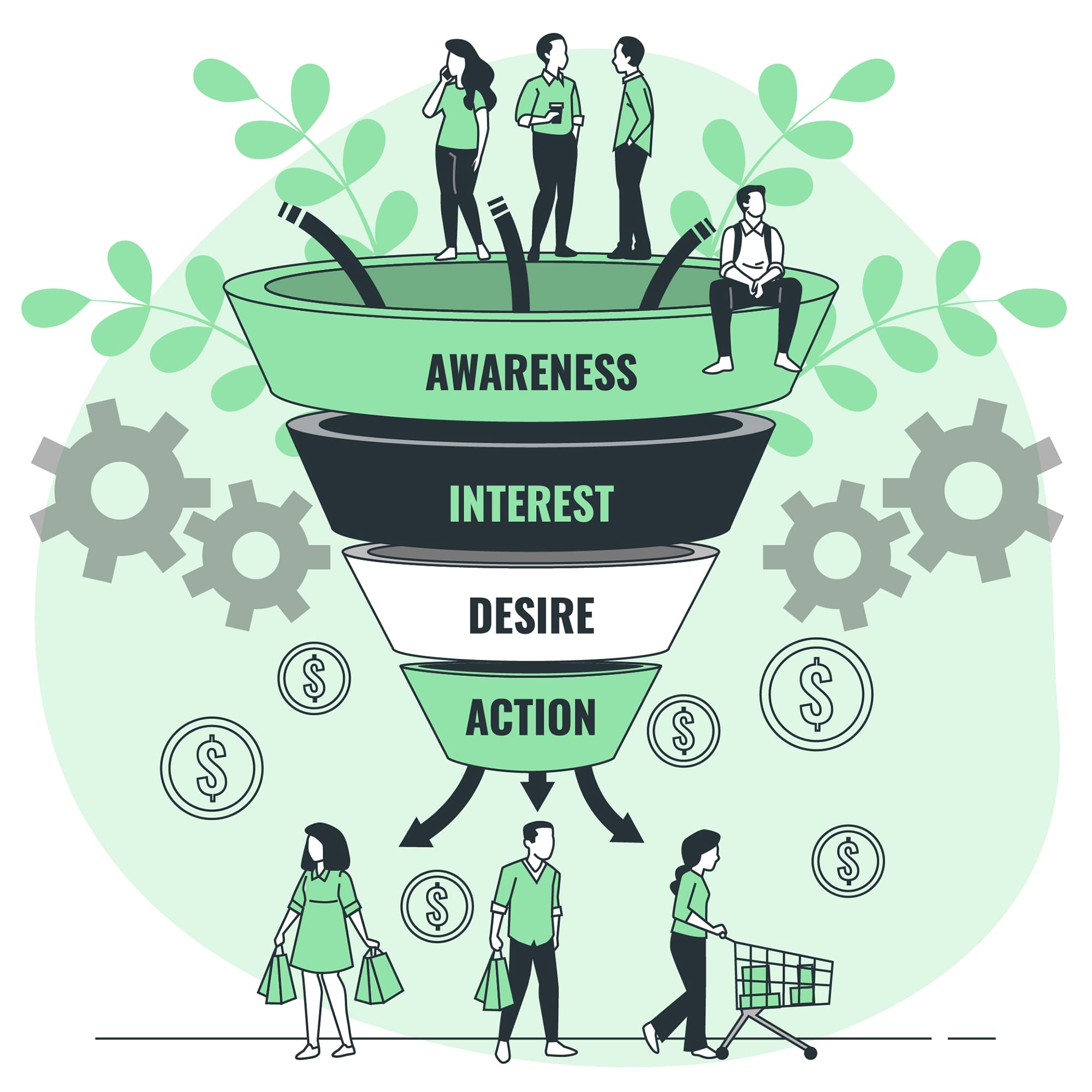How to Convert Leads at the Decision Stage of the Funnel: The Ultimate Guide to Closing More Sales
At the decision stage of your sales funnel, potential customers are on the verge of making a purchase.They’ve

Creating a scalable Software as a Service (SaaS) application with Laravel is a winning move for developers aiming for efficiency and growth. Laravel’s powerful features and clean design make it ideal for SaaS projects. This guide cuts through the noise to deliver clear, actionable steps.
Let’s jump right in.
Start by mapping out your SaaS essentials:
Quick Tip: Leverage Laravel’s Eloquent ORM and migrations for a solid base.
Kick off with a clean Laravel setup:
Install via Composer:
Tweak your .env file with database details and app settings.
Initialize a Git repository to monitor your progress:
SEO Boost: A smooth start paves the way for rapid scaling—readers love that in a Laravel SaaS tutorial.
Multi-tenancy is key for SaaS. Here’s how Laravel handles it:
Scope queries with middleware:
Separate Databases:
Secure your SaaS with Laravel’s tools:
Why It’s Crucial: Strong security builds user trust fast.
Add recurring payments easily:
Install Laravel Cashier:
Growth Hack: Use webhooks to process payments in the background, keeping your app snappy.
Prepare your SaaS for heavy traffic:
Ensure reliability before launch:
SEO Win: Tested apps rank higher with readers searching “Laravel SaaS development guide.”
Pro Move: Log errors with Laravel’s system to stay ahead of issues.
With Laravel, building a scalable SaaS is fast and effective. Plan smart, use its built-in tools, and optimize for growth. Whether you’re aiming small or big, Laravel scales with you.
Start coding now—your SaaS awaits!
Share:

At the decision stage of your sales funnel, potential customers are on the verge of making a purchase.They’ve
Getting people to visit your Shopify store is just the beginning. The real success comes from turning those
You’ve poured your heart into a stunning Figma design for your Shopify store, and now it’s time to
Starting a SaaS in 2025? You need a framework that’s fast, flexible, and future-proof. Laravel rises above the
Transforming your Figma designs into a Shopify store doesn’t have to be complicated. Whether you’re a designer, developer,